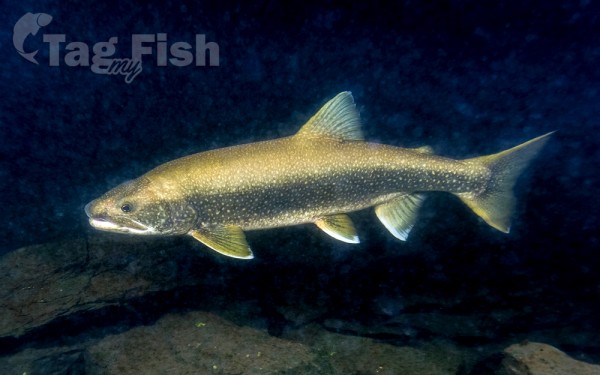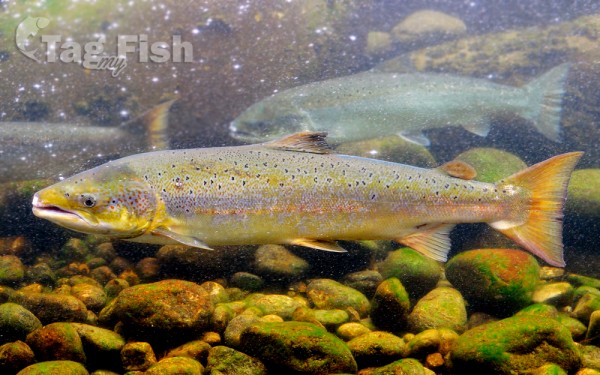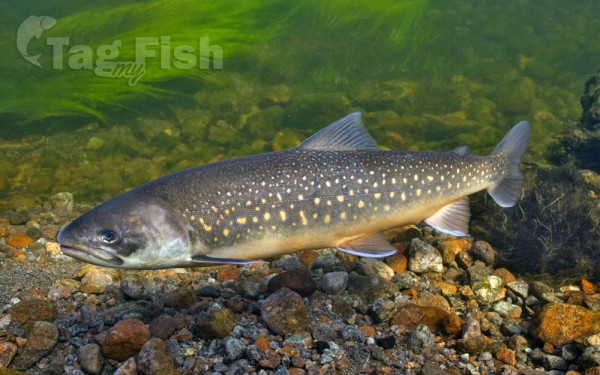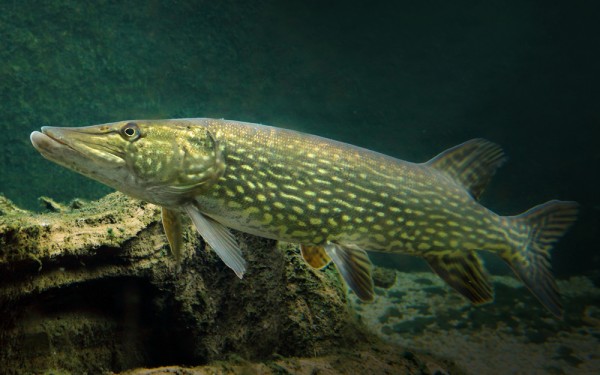Manicouagan reservoir

Salmoniformes - Salmons and Trouts
Esociformes - Pikes
Salmoniformes - Salmons and Trouts
Esociformes - Pikes
Salmoniformes - Salmons and Trouts
Esociformes - Pikes
Manicouagan Reservoir (also Lake Manicouagan) is an annular lake in central Quebec, Canada, covering an area of 1,942 km2 (750 sq mi). The lake island in its centre is known as René-Levasseur Island, and its highest point is Mount Babel. The structure was created 214 (±1) million years ago, in the Late Trias.
The Manicouagan Reservoir as it presently exists was created in the 1960s, by flooding the earlier Lake Mushalagan (Mouchalagan) to the west of the central plateau and then-smaller Manicouagan to the east, by construction of the Daniel-Johnson dam. The works were part of the enormous Manicouagan or Manic series of hydroelectric projects undertaken by Hydro-Québec, the provincial electrical utility. The complex of dams is also called the Manic-Outardes Project because the rivers involved are the Manicouagan and the Outardes.
The reservoir acts as a giant headpond for the Manicouagan River, feeding the Jean-Lesage generating station (Manic-2), René-Lévesque generating station (Manic-3), and Daniel-Johnson Dam (Manic-5) generating stations downstream. In the peak period of the winter cold, the lake surface is usually lower, since the turbines run all the time at peak load to meet the huge electrical heating needs of the province. The surface of the lake also experiences low levels in the extreme periods of heat in New England during the summer, since in that period Hydro-Québec sells electrical energy to the joint New England grid and individual utilities in the United States.
By nominal volume of 141.8 km³, Manicouagan Reservoir is the forth Largest man made lakes in the world.









